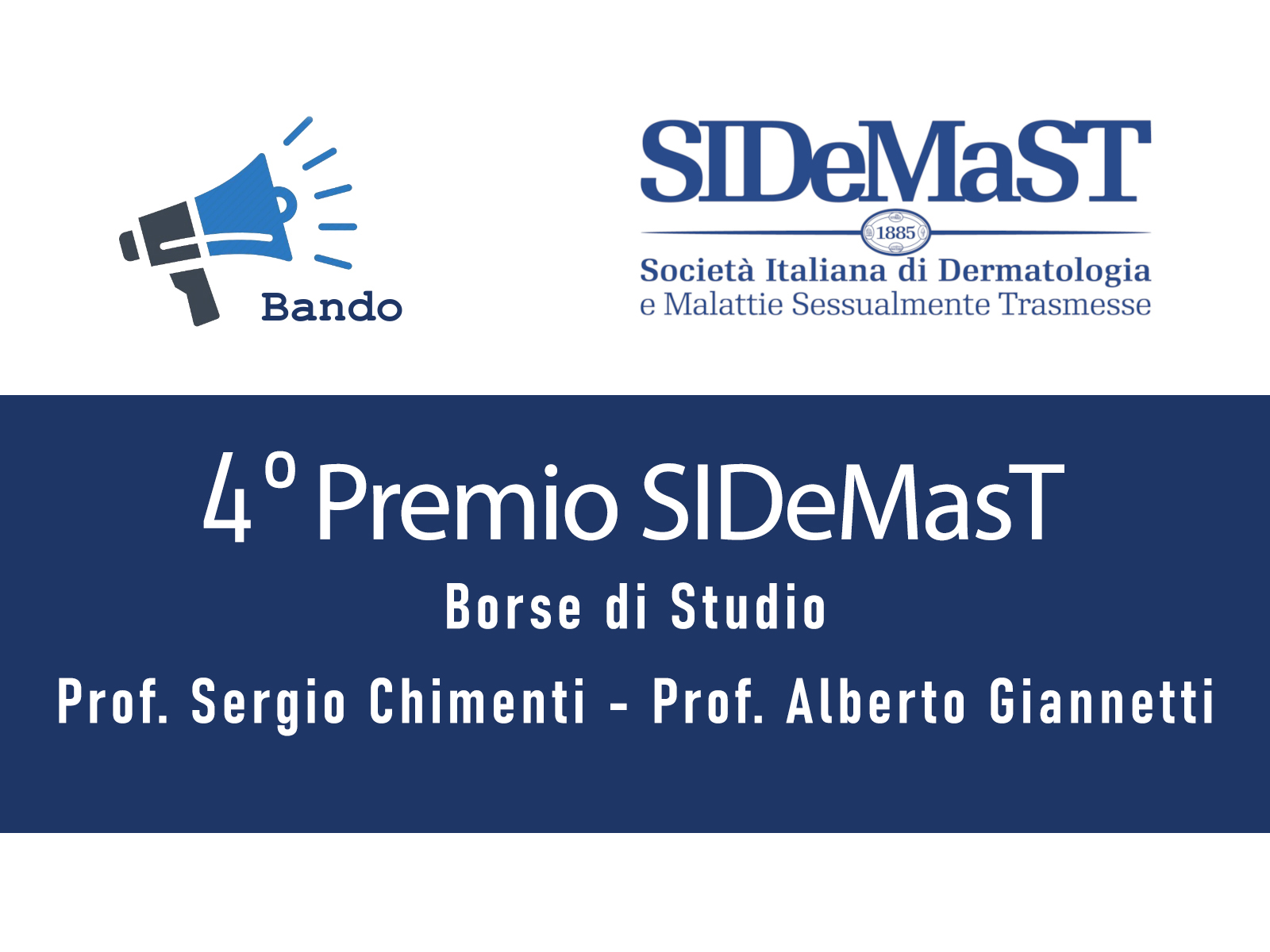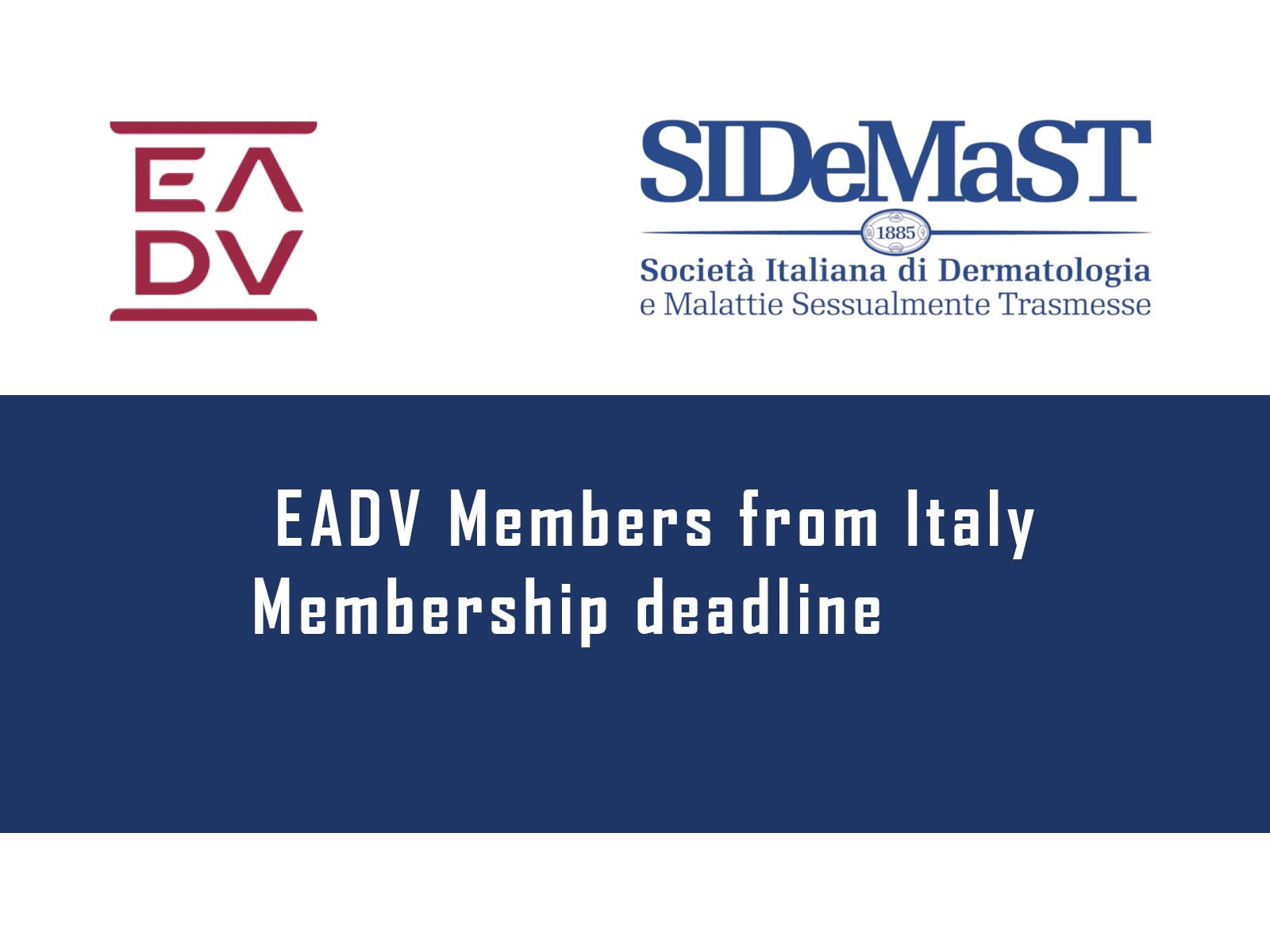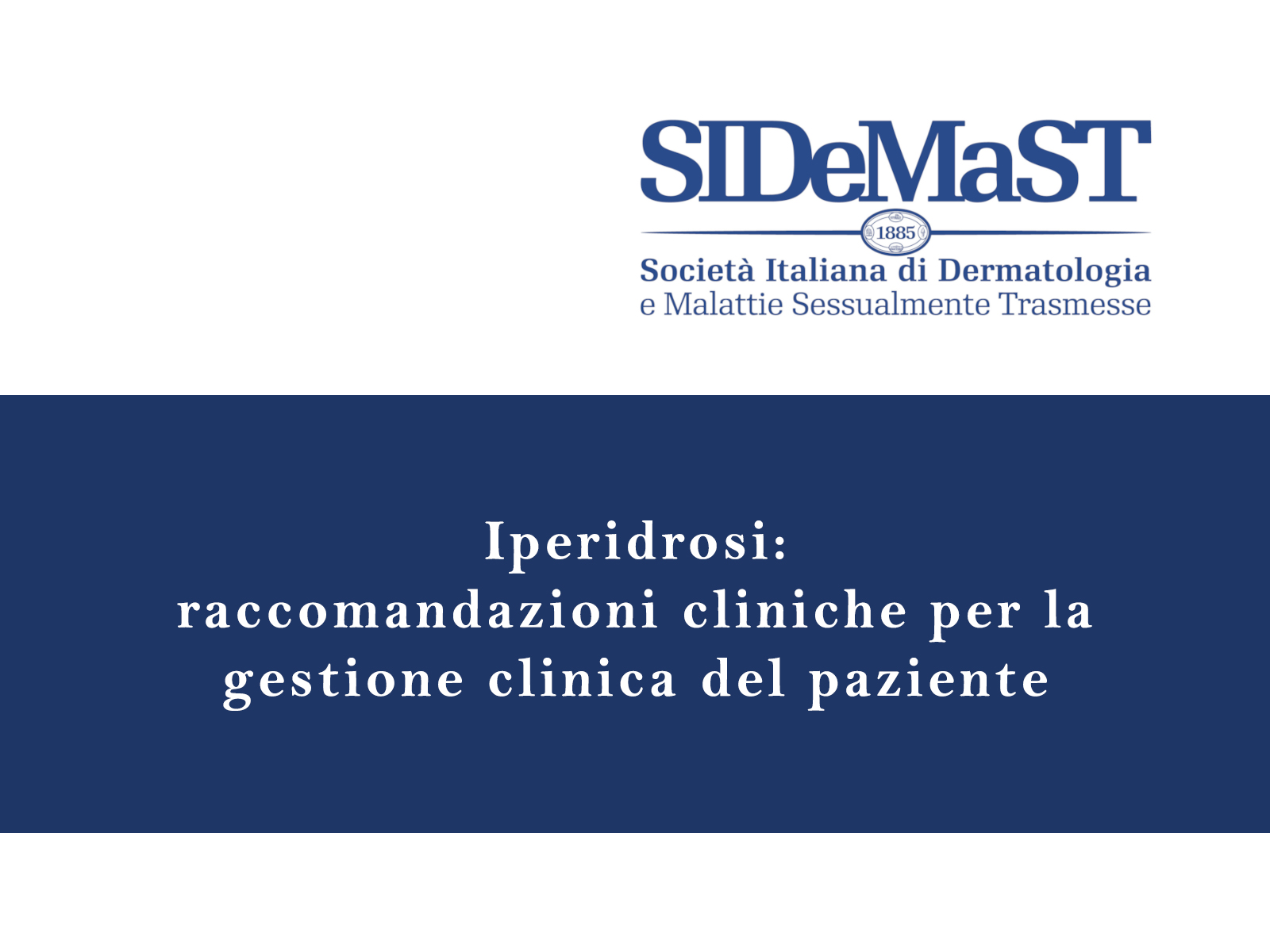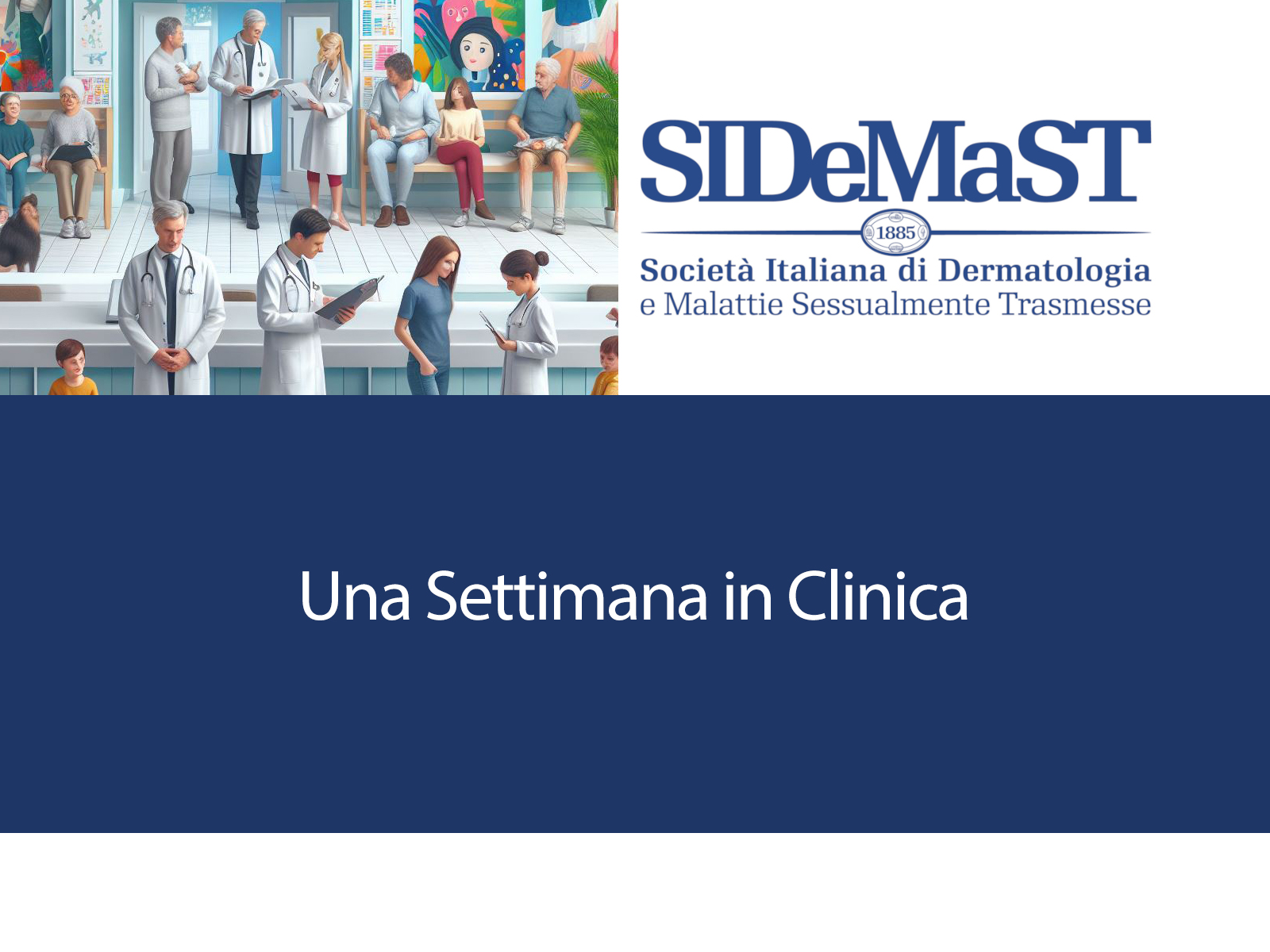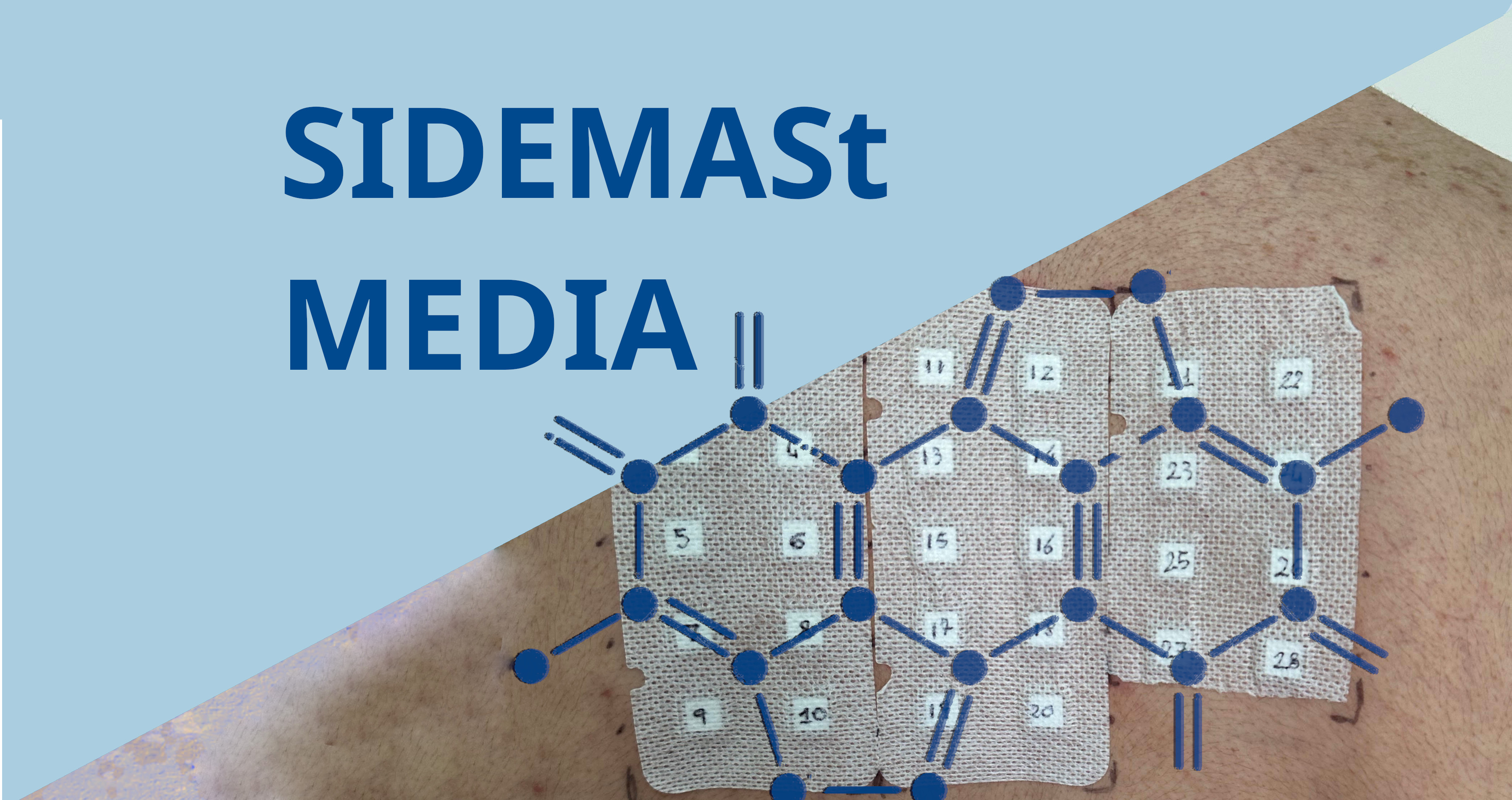Secukinumab treatment leads to sustained improvements in work productivity and health-related quality of life (HRQoL) in patients with psoriatic arthritis, according to findings from an analysis presented here at the 2017 Annual Congress of the European League Against Rheumatism (EULAR).
Researchers at multiple centres examined the impact of secukinumab on work productivity and HRQoL through 2 years in patients with active psoriatic arthritis who were naive to tumour necrosis factor inhibitor (TNFi) or had inadequate responses to or were intolerant of TNFi (TNFi-IR).
Vibeke Strand, MD, Stanford University School of Medicine, Palo Alto, California, presented the study on June 16.
Dr. Strand and colleagues drew patients for their analysis from the phase 3 studies FUTURE 1 and FUTURE 2.
In the FUTURE 1 study, 606 patients were randomised to 1 of 3 treatment arms: intravenous secukinumab 10 mg/kg (weeks 0, 2, 4) followed by subcutaneous (SC) secukinumab 150 or 75 mg every 4 weeks or placebo.
In the FUTURE 2 study, 397 patients were randomised to 1 of 4 arms: SC secukinumab 300, 150, or 75 mg or placebo once a week from baseline to week 4 and every 4 weeks thereafter.
In both studies, placebo patients switched to SC secukinumab 150 or 75 mg at week 16 or 24, depending on clinical response.
In both studies, investigators evaluated work productivity with the Work Productivity and Activity Impairment-General Health (WPAI-GH) questionnaire and measured HRQoL with the Psoriatic Arthritis Quality of Life (PsAQoL) questionnaire.
Secukinumab improved WPAI-GH and HRQoL scores irrespective of concomitant methotrexate use.
The researchers documented improvements with secukinumab 300 and 150 mg in all WPAI items in the overall population at week 16, and responses were sustained through 2 years. The largest improvements occurred in presenteeism (-10.0), work productivity (-10.3), and activity impairment (-14.1). In FUTURE 1, this translated into improvements over baseline of roughly 29%, 26%, and 30%, respectively, in the overall population at 2 years, with similar improvements observed in FUTURE 2 at the 300-mg dose.
Sustained improvements in all WPAI items were also shown with secukinumab in TNFi-naive and TNFi-IR patients in both studies.
The researchers observed improvements in the PsAQoL questionnaire by week 4, and these were sustained through 2 years. At 2 years in FUTURE 2, PsAQoL scores had improved by ~46% from baseline with secukinumab 300 mg and 49% with secukinumab 150 mg in the overall population. Comparable improvements were noted in TNFi-naive cohorts (47% and 51%, respectively) and TNFi-IR cohorts (45% and 45%, respectively). The team observed similar results in FUTURE 1.
At baseline, approximately two-thirds of the patients were TNFi naive and one-third were TNFi-IR across both trials. The TNFi-IR group included patients with an inadequate response to as many as 3 TNFis or who stopped treatment because of safety or tolerability issues.
The WPAI-GH questionnaire quantifies absenteeism, presenteeism, work productivity, and impairments in unpaid activity because of medical problems during the prior week. The PsAQoL questionnaire asks patients to rate a series of questions as true or false. With both assessment tools, higher scores indicate greater impairment.
Funding for this study was provided by Novartis.
[Presentation title: Secukinumab Provides Sustained Improvements in Work Productivity and Health-related Quality of Life in Patients With Active Psoriatic Arthritis: 2-Year Results From FUTURE 1 and FUTURE 2. Abstract FRI0521]


